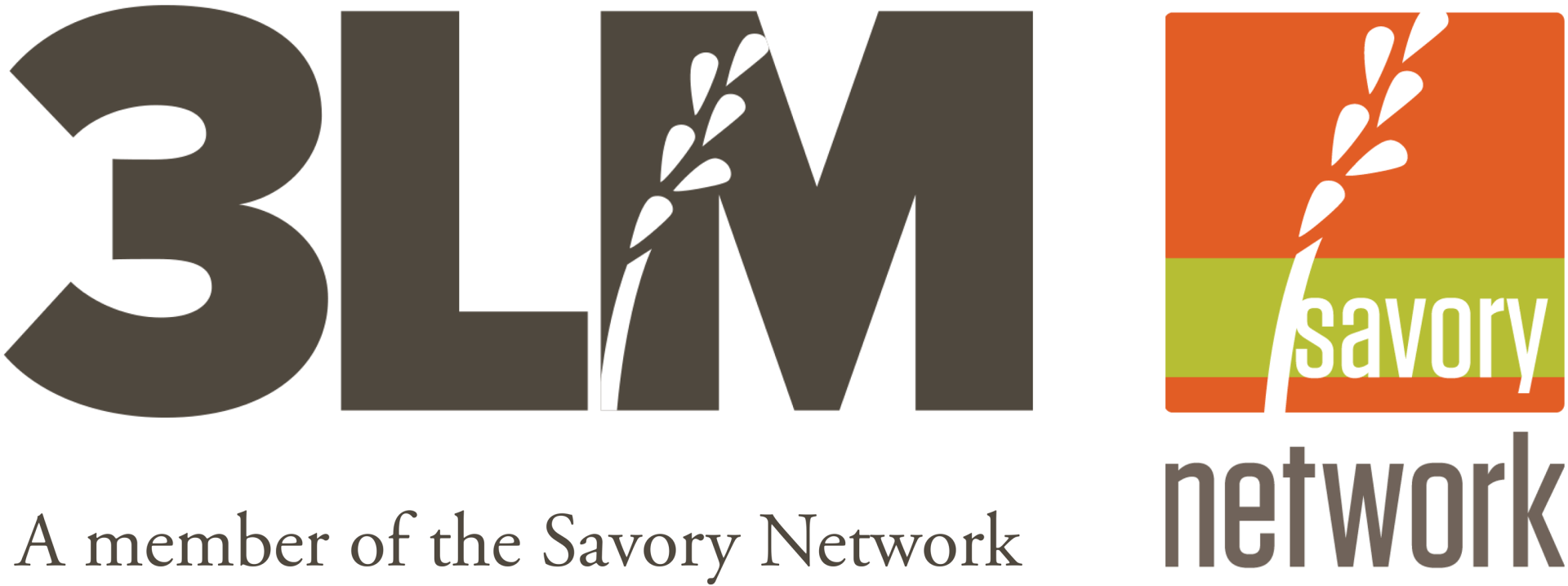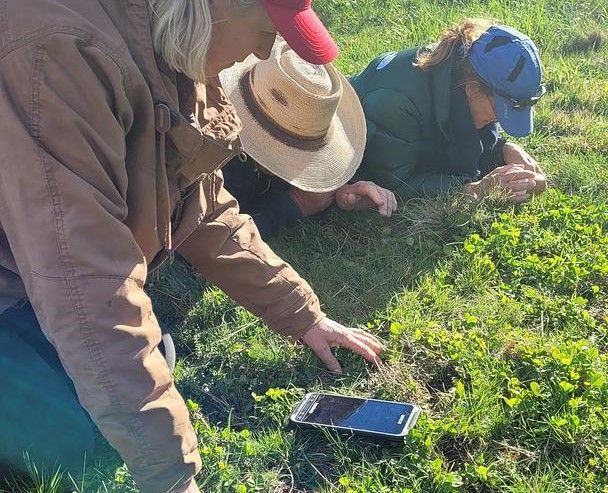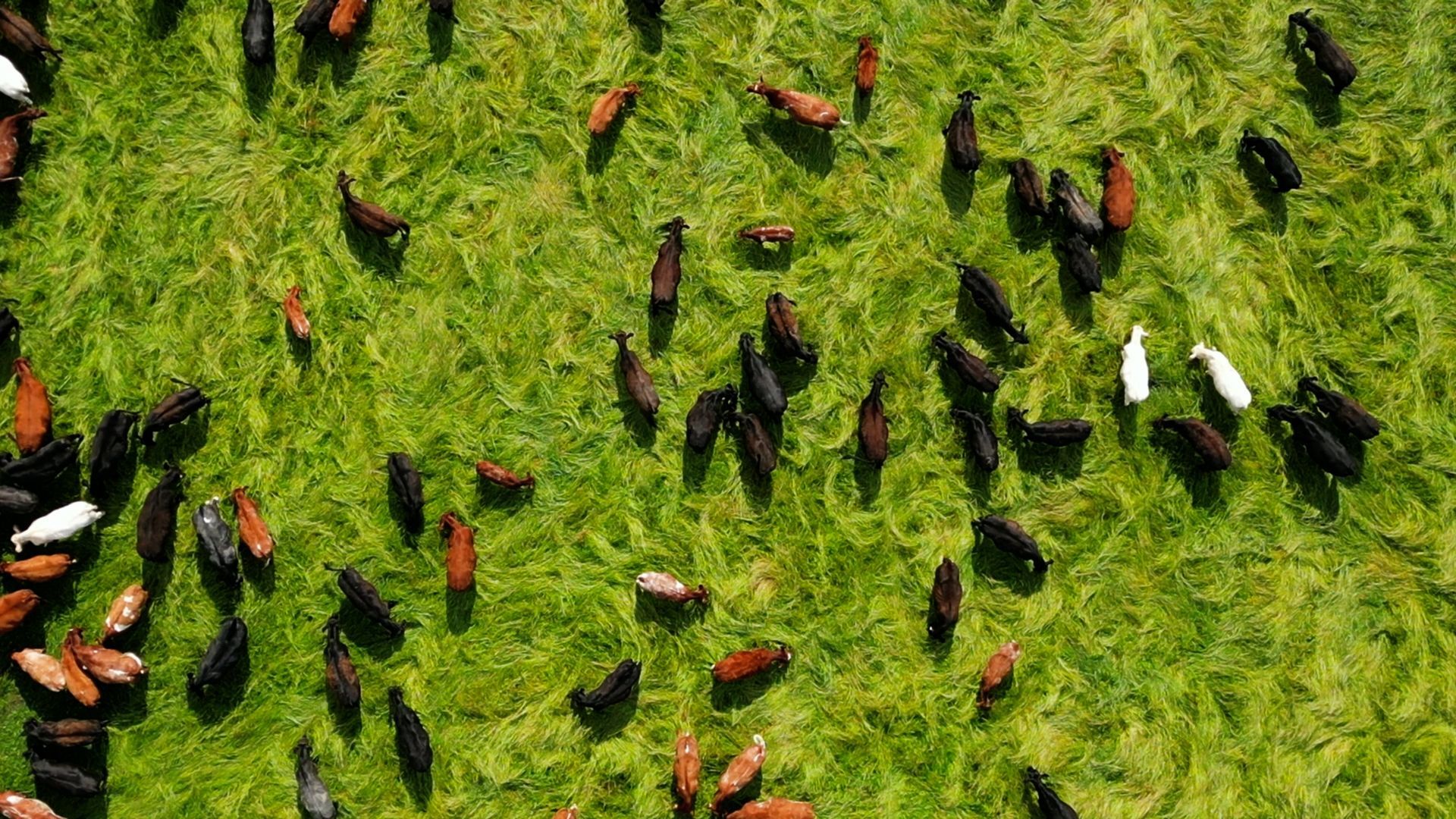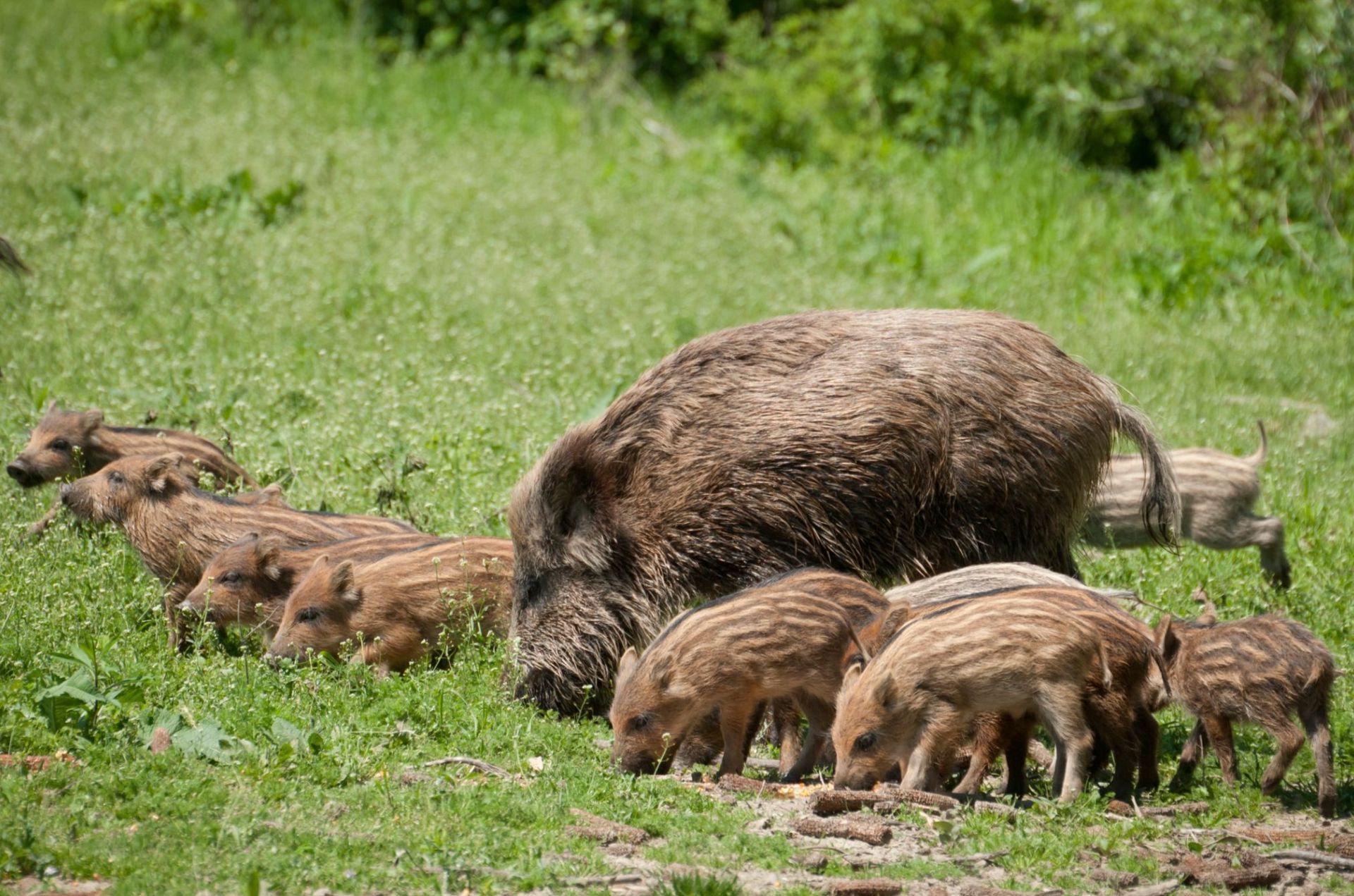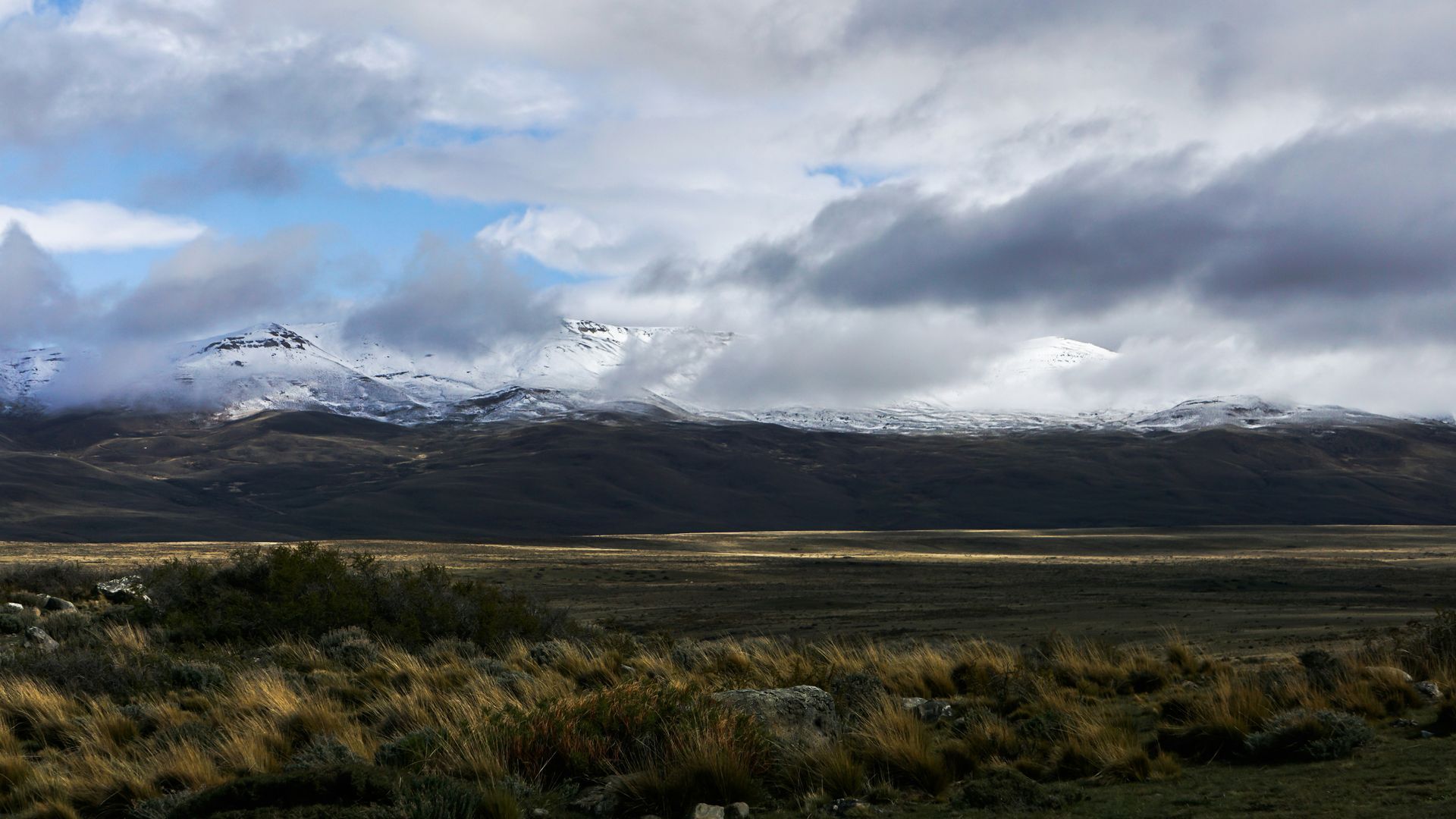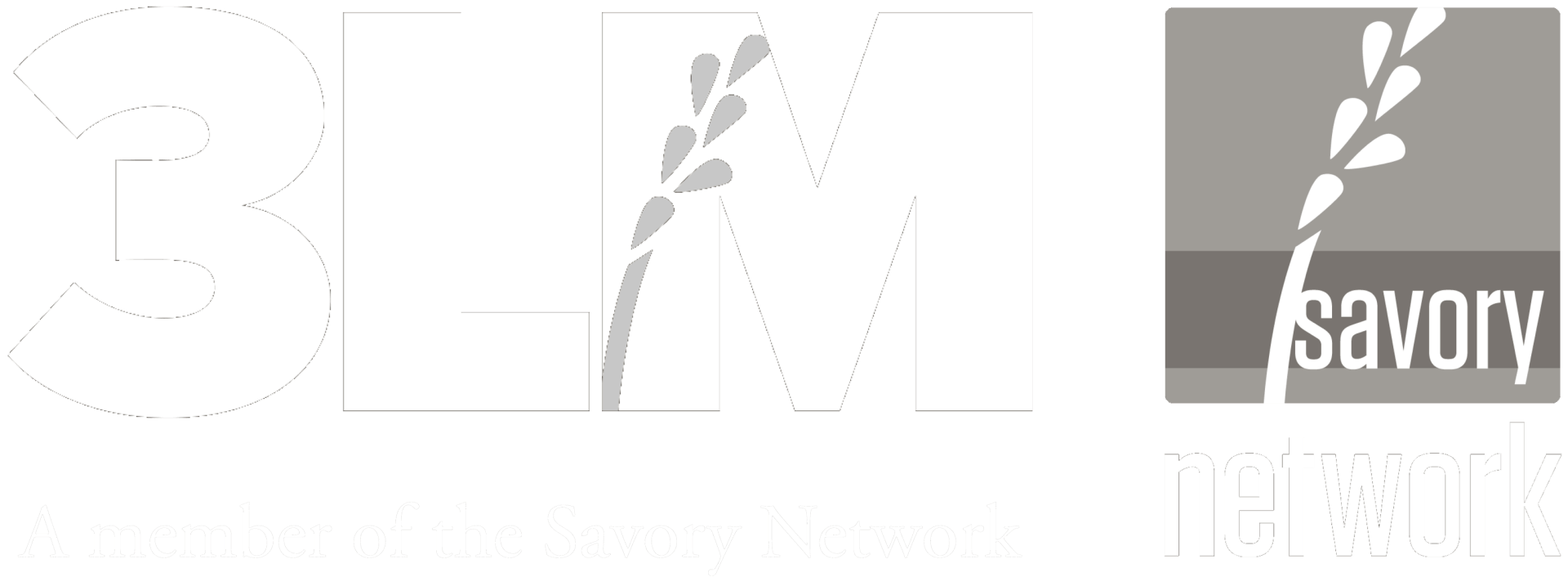Holistic Context Checks
What are the Context Checks and how do we use them?

For the uninitiated, Holistic Management is a comprehensive decision-making framework that integrates social, ecological, and economic considerations to guide people toward quality of life.
At its core, this approach involves defining a 'Holistic Context,' which articulates how the decision-makers want their lives to be and how ecosystems must function in order to support that quality of life
To facilitate this alignment, Holistic Management employs a series of 'context checks'—specific questions designed to evaluate whether potential actions are in harmony with the established Holistic Context. By systematically examining these context checks, decision-makers can assess the potential impacts and unintended consequences of their choices
So how do these Context Checks work in the real world? Let’s work with a common scenario – the decision to add a new enterprise. This week we presented an incredible webinar by Melissa Masters and Phil Beal from Beal’s Farm. It explored woodland pig farming and artisanal charcuterie production, focusing on the Mangalitsa breed. The presentation covered how integrating pigs into woodland agroforestry systems promotes ecological health, animal welfare, and premium meat quality.
The Scenario
You run a traditional beef farm in the UK with suckler cows and rotational grazing. On the edge of your holding is a 5-acre section of semi-natural deciduous woodland. It’s been largely unmanaged for years and is becoming overgrown. According to local forestry advice, it would benefit from light coppicing to restore biodiversity and allow native understorey plants to thrive.
You're considering introducing a small number of pigs into the woodland as a complementary enterprise. The pigs could help manage dense undergrowth through rooting, contribute to opening up the canopy floor, and provide high-quality woodland-reared pork as an additional income stream. There’s also interest from local chefs and customers in heritage pork.
However, the decision raises several questions:
The woodland is part of your farm’s ecological stewardship area—so any disturbance needs to be carefully managed.
Infrastructure (electric fencing, water, pig arcs) would require up-front investment and ongoing maintenance.
You have no previous experience with pigs.
It may add pressure to your current labour schedule, which is already tight during calving and hay-making seasons.
You’re weighing-up whether this enterprise truly supports your Holistic Context—or if it might be a distraction from your core grazing operation.
Instructions
Use your Holistic Context and the questions below to reflect on the decision to start-up a pig enterprise.
Cause and Effect
What problem or opportunity are you trying to address by introducing pigs to the woodland?
Does this action resolve an issue on the farm, or is it responding to a surface-level symptom?
Weak Link
Identify the current weak link in your system—biological (e.g. degraded woodland), financial (e.g. lack of enterprise diversity), or social (e.g. lack of an enterprise to develop the skills of a young person in the family) ).
Would adding pigs help address the weak link, or risk creating a new weak link?
Marginal Reaction
If you were to spend the same amount of time, money, or energy elsewhere on the farm—such as improving pasture quality or marketing beef—would the return be higher or lower?
Gross Profit Analysis
Based on a rough projection, how might the woodland pig enterprise contribute to covering farm overheads compared with existing or other potential enterprises?
Energy/Money Source and Use
Where will the initial investment come from? Is it a grant, loan, or savings?
How will the source of money affect your quality of life?
Is the money and effort being used in a way that contributes to enduring wealth or does it require continual investment in addictive inputs (like plastics, fertilisers or pesticides)??
Sustainability
Will this decision regenerate or degrade the woodland ecosystem over time?
Gut Feel
After considering all of the above, what does your gut say?
Does this feel aligned with your purpose, values, and the future you’re creating?
We don’t offer answers to these questions, because only you can answer these questions for yourself.
However, by providing a practical example we hope to demystify when to use the Context Checks and perhaps encourage someone, somewhere to manage woodland with pigs.

